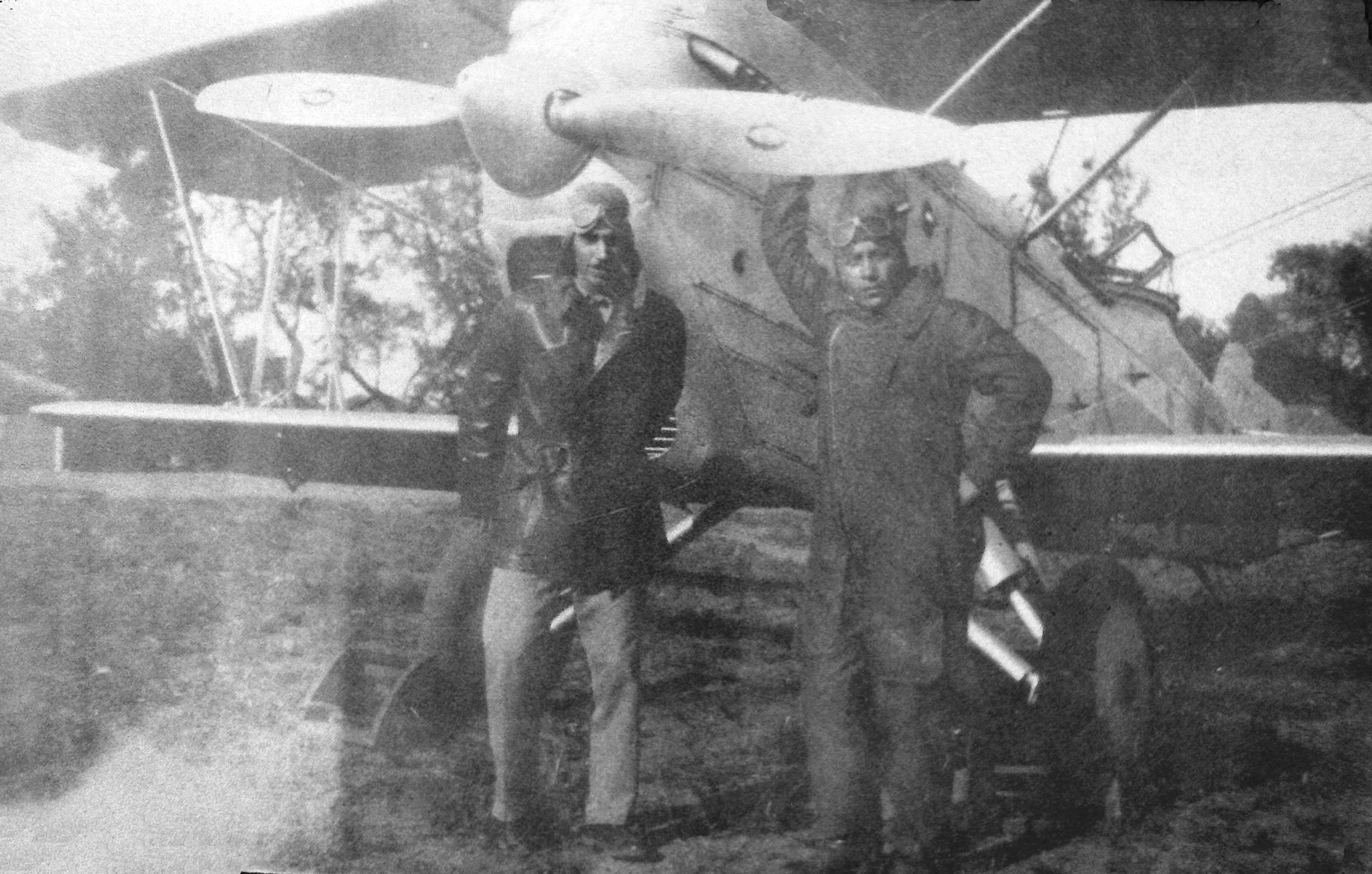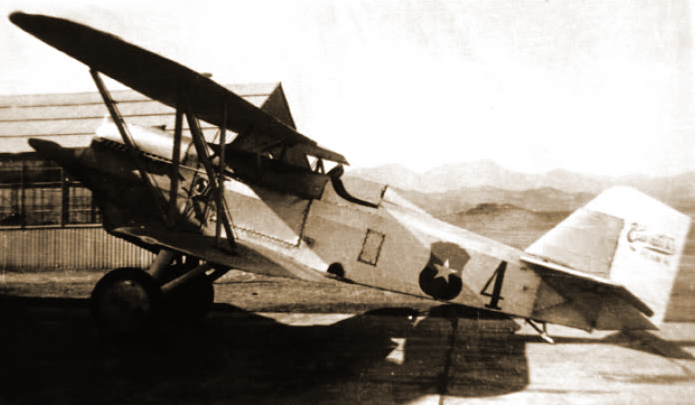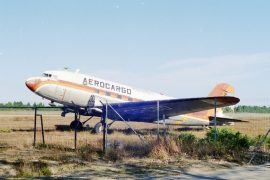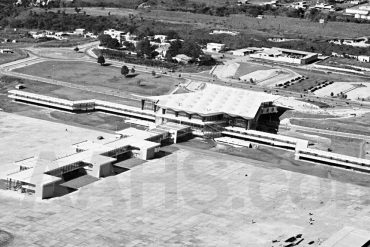The Hawk and Falcon aircraft types stood out as cutting-edge prototypes of their time. Some even participated in the Chaco War between Bolivia and Paraguay and the Paulista Revolution in Brazil. However, the crisis of 1929 ultimately buried the Chilean aviation dreams, which would never reach such heights again.
Those were the times of the interwar period, an era of a young country with ambitious dreams. It was the era of the ABC, as Argentina, Brazil, and Chile were known for their military might. The three countries began exploring possibilities to manufacture warplanes for their nascent air forces, seeking dominance in relatively unexplored skies. The race to become an airpower was unleashed, and Chile would not be left behind.
It all began with the initial purchase of 18 Curtiss-Wright aircraft in 1926, an acquisition that strengthened the ties between the Chilean government and the U.S. company.
Thanks to the efforts of Arturo Merino Benítez, director of the military aeronautical school (and later chief of the Army Air Service, the predecessor of the Chilean Air Force, FACh), in 1930, the country’s first and only aircraft factory was established at Los Cerrillos.
The facility, consisting of three buildings – a factory, a hangar, and painting and varnishing areas – was a sort of Curtiss-Wright subsidiary for South America. It was inaugurated by President Carlos Ibáñez del Campo on October 16, 1930. Since then, the firm’s goal was to produce 50 airplanes per year, with the possibility of expanding production if the demand grew. These aircraft were two-seater models capable of supporting ground forces, leaving behind the “fabric planes” from 1915 and 1917 that made up the Chilean military aviation at the time.
“People were sent to study at the Curtiss factory in the United States. Workers and technicians were trained there. The original idea was to manufacture one hundred aircraft, but that was not achieved,” recalls aviation historian Eduardo Werner, who has dedicated himself to uncovering details about the short-lived Chilean aeronautical industry. From the original factory located in Buffalo, New York, 15 individuals, including engineers and technicians, came to assist with the installation of the Los Cerrillos facility.
They managed to build samples of two aircraft types: 20 Falcons (for reconnaissance and attack) and an undetermined number of Hawk fighters. Additionally, a handful of Loening C4C amphibious aircraft and Curtiss-Reid biplane were produced, as stated in a research publication by the National Aeronautics and Space Museum.
Over 100 employees, including some women who were in charge of sewing the fabric for the wings, were involved in the manufacturing process at Los Cerrillos.
The aircraft they produced remained in operation until the end of the decade. According to Werner, there are records of their operation at airfields of El Bosque, Los Cóndores in Iquique, Temuco, Puerto Montt, and Punta Arenas. There is even evidence of 10 models participating in the “Paulista Rebellion” of Brazil, in 1931. During this campaign, one of the planes crashed after crossing the Andes, while another was forced to land in Paraguay, where it was confiscated for flying without authorization in that country. Later on, the aircraft would participate in the Chaco War on behalf of Paraguay against Bolivia.

Despite the factory achieving a steady pace, it eventually met its downfall in 1932 -a mere two years after its establishment- as a result of the repercussions of the global crisis of 1929. “This hindered the allocation of sufficient and appropriate budgets and, ultimately, destabilized the political and social framework. Any ambitious undertaking became impracticable,” Werner stresses.
Is it possible to find any Chilean-made Curtiss airplanes? Werner says it’s difficult. At that time, there was no culture of conservation that could have encouraged the preservation of these relics. However, the remnants of the factory, located a few meters from the Los Cerrillos aeronautical museum, still stand and, for almost 86 years, have housed the workshops of LAN, the FACh, and even FIDAE.
This article originally appeared in the Chilean newspaper “El Mercurio” in December 2016.





